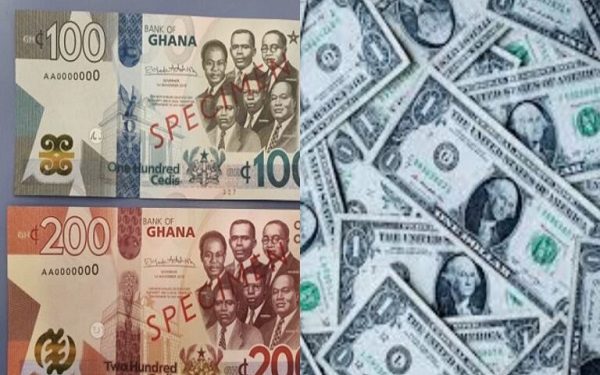The Bank of Ghana (BoG) has introduced a new Foreign Exchange Operations (FX) Framework to enhance transparency, improve market confidence, and ensure stability in the management of the country’s foreign exchange operations.
Approved by the Bank’s Board, the framework outlines clear objectives and principles to guide BoG’s FX operations under its inflation-targeting mandate and flexible exchange rate regime.
It reinforces the central bank’s commitment to maintaining macroeconomic stability while allowing the exchange rate to remain largely determined by market forces.
Clear objectives for FX operations
Under the new framework, the BoG’s FX operations will focus on three primary objectives.
First, the Bank seeks to build and maintain adequate foreign reserves to serve as a buffer against external vulnerabilities and shocks.
Second, it will act to mitigate excessive short-term volatility in the foreign exchange market—intervening only when market conditions become disorderly, but without undermining exchange rate flexibility.
Third, the central bank will intermediate foreign exchange flows in a market-neutral and transparent manner, particularly from sources such as the Gold Purchase Programme and other export surrender requirements.
This approach, according to the BoG, ensures that foreign exchange inflows are channelled into the market in an orderly way, helping to stabilise supply and demand dynamics without influencing the overall direction of the cedi.
Rule-based approach with limited intervention
The framework adopts a rule-based approach that allows exchange rates to be primarily determined by market forces while limiting—though not eliminating—excessive short-term fluctuations.
Interventions will follow what the Bank describes as a “discretion-under-constraint” model, ensuring that any intervention is based on clear, pre-defined rules rather than attempts to fix or defend a particular exchange rate level.
In effect, the BoG’s interventions will only target market dysfunctions or address the absence of hedging tools for extreme risks, rather than influence the market trend.
Structured and transparent operations
Reserve accumulation and flow intermediation will be executed through competitive, variable-rate, fixed-amount auctions, ensuring fairness and efficiency in the allocation of FX resources.
Transparency will serve as the cornerstone of these operations.
According to the framework, auction amounts will be announced ahead of time, with results published on the same day.
Regular twice-weekly FX operations will be pre-announced at the start of each month, providing predictability for market participants.
When the BoG deems it necessary to intervene to reduce excessive volatility, such operations will be communicated either on the same day or a day before execution.
Additionally, the BoG will publish aggregated monthly FX operations data within five business days after each month ends.
The data will distinguish between the Bank’s operational objectives—reserve accumulation, flow intermediation, or volatility dampening—so that market participants and the general public can clearly understand the intent behind each operation.
Reinforcing confidence and stability
By introducing this structured and transparent framework, the Bank of Ghana aims to strengthen market confidence, enhance policy credibility, and build resilience within Ghana’s FX market.
The new framework, according to central bank officials, signals BoG’s commitment to a disciplined, rules-based foreign exchange regime that safeguards macroeconomic stability while maintaining the flexibility of the cedi.
Ultimately, the policy shift represents a move toward greater openness and predictability—key ingredients for sustaining investor confidence and supporting Ghana’s economic recovery.













